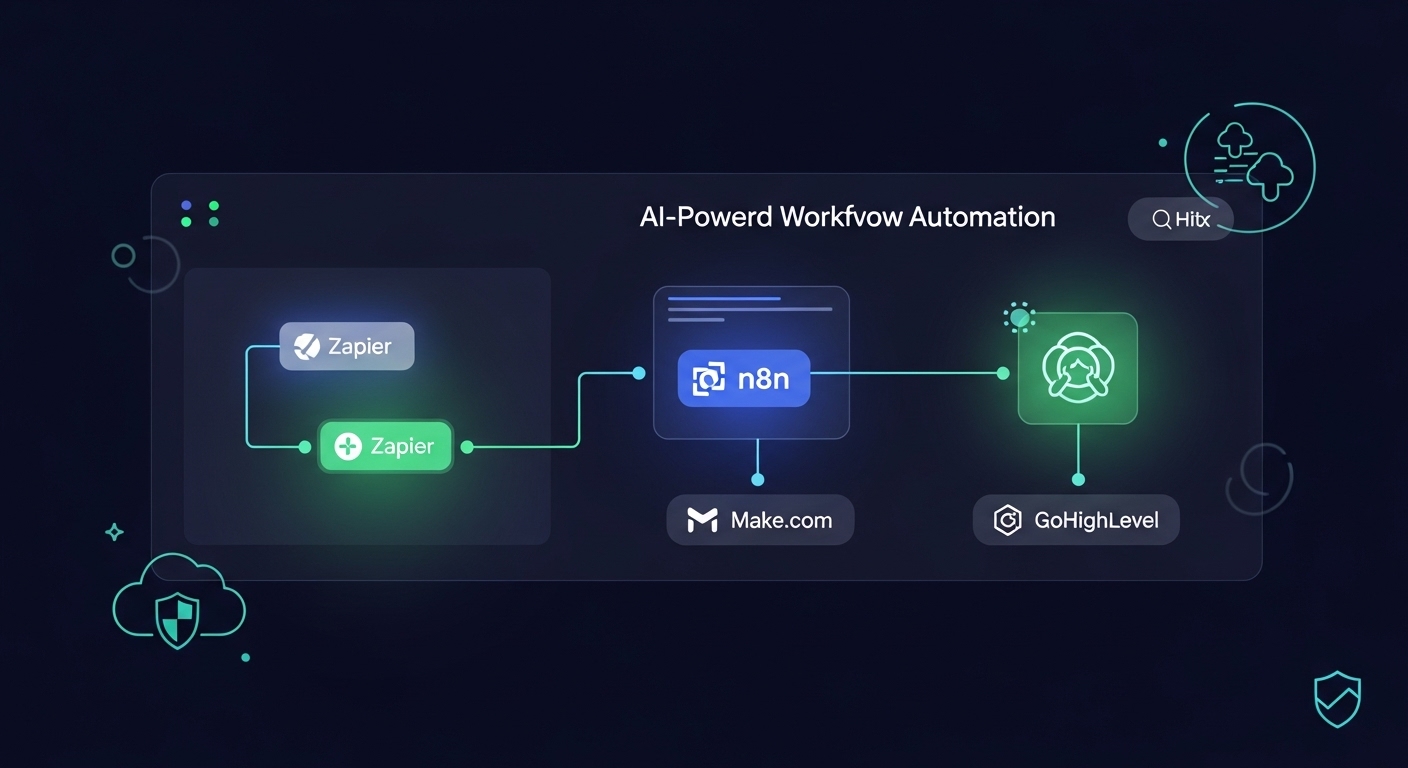
Introduction: Why AI Automation Is Essential in 2025
In today’s hyper-digital, data-driven business landscape, AI automation is more than a productivity boost — it’s a strategic advantage. From reducing manual errors and saving time to creating self-optimizing systems, automation helps organizations operate faster, smarter, and leaner.
But successful automation doesn’t happen by accident.
With the rise of agentic AI, low-code platforms, and autonomous systems, the risks of rushing into automation without structure are growing — including bad data, poor integration, compliance issues, and system-wide failures.
That’s why AI automation best practices are essential in 2025.
Why AI Automation Best Practices Matter
Consistency Across Teams
Standardized automation ensures that every team follows the same workflow, reducing confusion and improving performance.Avoid Costly Integration and Security Mistakes
Poorly configured tools or insecure data handling can lead to compliance breaches, fines, or lost customer trust.Boost ROI Through Efficiency
Well-implemented automation eliminates waste, accelerates processes, and supports better decision-making.Future-Proof Scalability
Automations built with governance and flexibility can scale with your business — not break under pressure.
7 Key AI Automation Best Practices to Follow
1. Start Small and Scale Smart
Don’t attempt to automate everything at once.
Begin with simple, well-defined workflows such as:
- Lead capture and email routing
- Internal notifications
- CRM updates
Use these initial wins to validate performance, measure ROI, and identify areas for improvement before expanding to more complex systems.
2. Choose the Right Automation Tools for Your Needs
The tools you use shape your automation outcomes.
Top 2025 automation platforms include:
Zapier – User-friendly and ideal for quick integrations
n8n – Open-source and customizable
Make.com (formerly Integromat) – Visual flow builder with deep logic
GoHighLevel – Designed for marketers and service-based businesses
Look for platforms that offer:
Audit trails
Support for agentic AI frameworks
Enterprise-grade security
API and webhook flexibility
3. Prioritize Data Quality and Accuracy
Your automation is only as good as the data it operates on.
Poor data quality can lead to:
Incorrect triggers
Missed opportunities
Workflow failures
To ensure data integrity:
Validate data before it enters your system
Perform regular database cleanups
Eliminate duplicates and outdated entries
4. Maintain Human Oversight at All Times
Automation should enhance human capability, not replace it.
Human oversight is essential for:
Reviewing high-impact decisions
Handling exceptions or edge cases
Ethical assessments and compliance monitoring
Incorporating checkpoints and approval steps into your workflows protects against automation overreach.
5. Document Every Workflow
Proper documentation prevents confusion and reduces dependency on individual team members.
Record the following:
Purpose and scope of each automation
Tools and services involved
Ownership and responsibilities
Version history and change logs
Use wikis, dashboards, or internal playbooks to keep everything accessible and updated.
6. Implement Security and Compliance from Day One
Automation tools introduce new risks. Make security a foundational priority by:
Using role-based access control
Enabling multi-factor authentication
Encrypting sensitive data transfers
Complying with privacy regulations like GDPR and CCPA
Don’t assume built-in security is enough — conduct regular audits.
7. Continuously Measure and Optimize Performance
Automation is not a set-and-forget solution.
Track key metrics, such as:
Time saved
Workflow success rate
Error frequency
User engagement
Use these insights to iterate, refine, and expand your automation intelligently.
Common Automation Mistakes to Avoid
| Mistake | Consequence |
|---|---|
| Automating without a clear strategy | Workflow confusion and inefficiency |
| Ignoring data privacy and security | Regulatory penalties and reputational damage |
| Over-reliance on disconnected tools | Fragmented systems and higher error rates |
| Skipping testing and QA | Launch failures and business disruption |
| Neglecting data drift and bias | Inaccurate or unfair outcomes |
| No documentation or ownership | Workflow abandonment and operational risk |
Conclusion: Grow Smarter with Strategic AI Automation AI automation delivers enormous benefits — when executed with care. By following these best practices, organizations can reduce manual workloads, boost efficiency, and create scalable systems built for long-term success. Strategic automation is not just about replacing tasks. It’s about designing workflows that are secure, efficient, and aligned with your business goals.
Looking to build or scale your automation strategy?
Let’s design a system that’s secure, adaptable, and tailored to your business needs. Reach out to begin your automation transformation.
